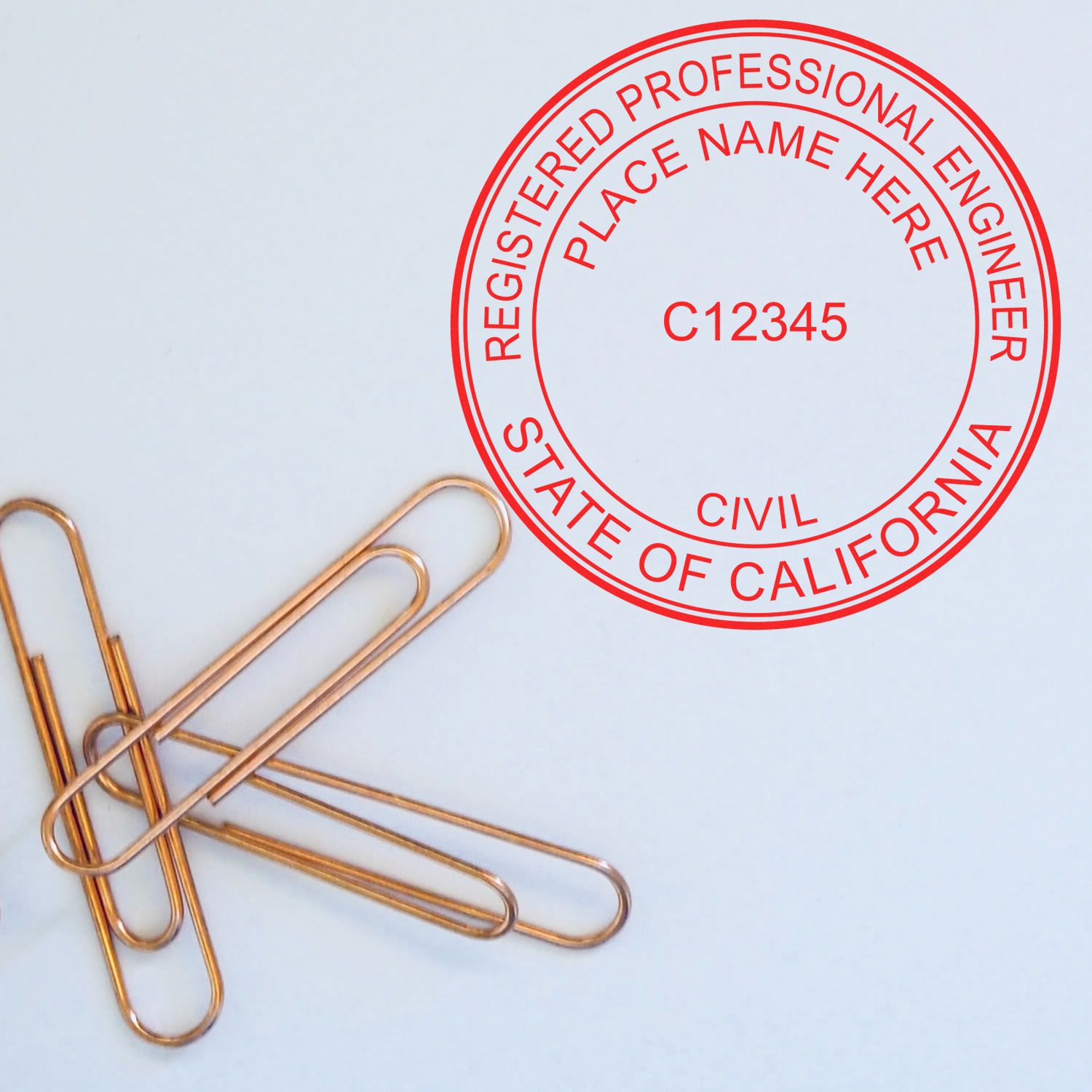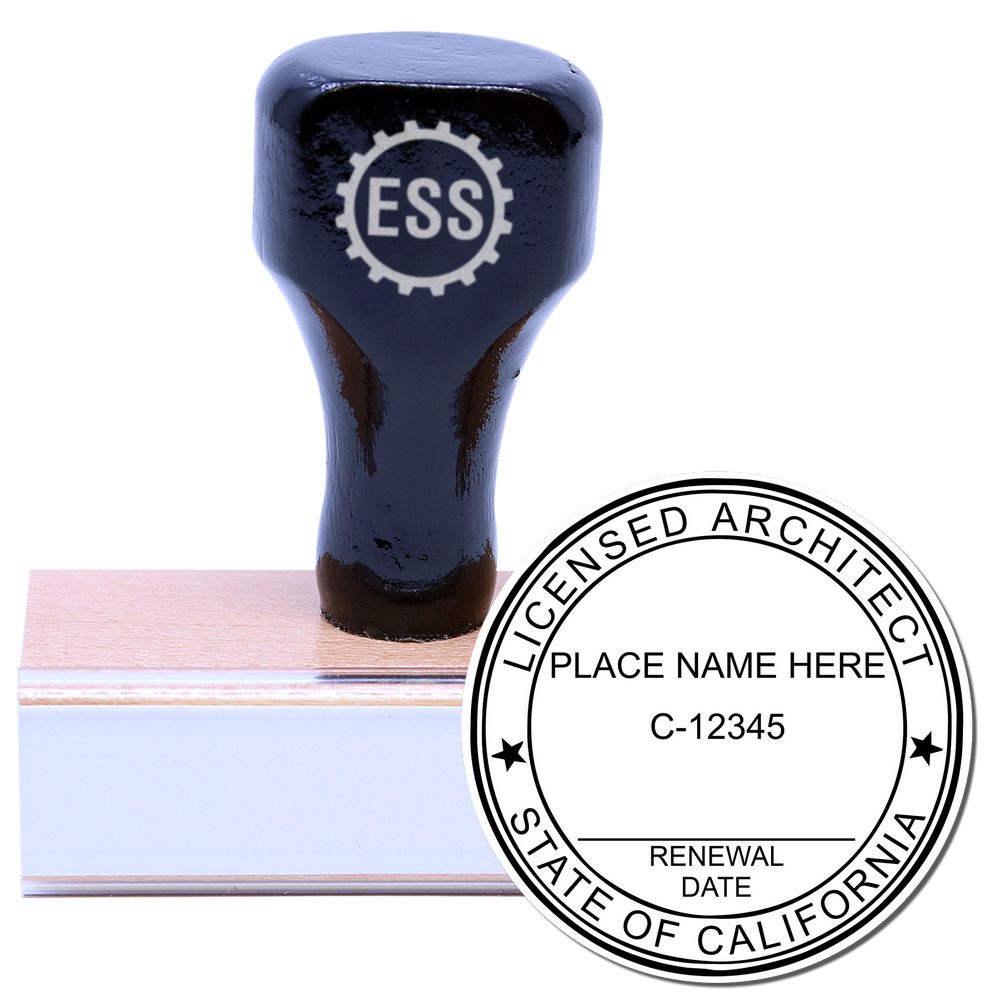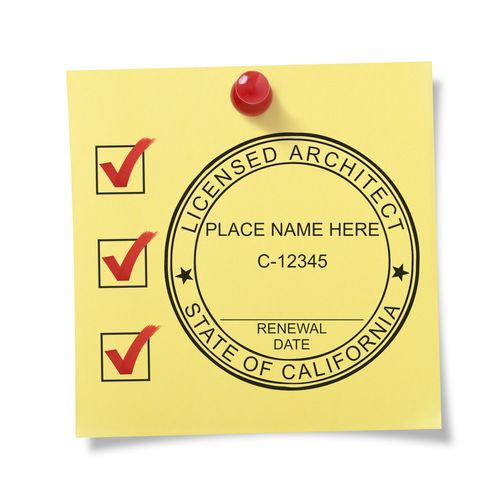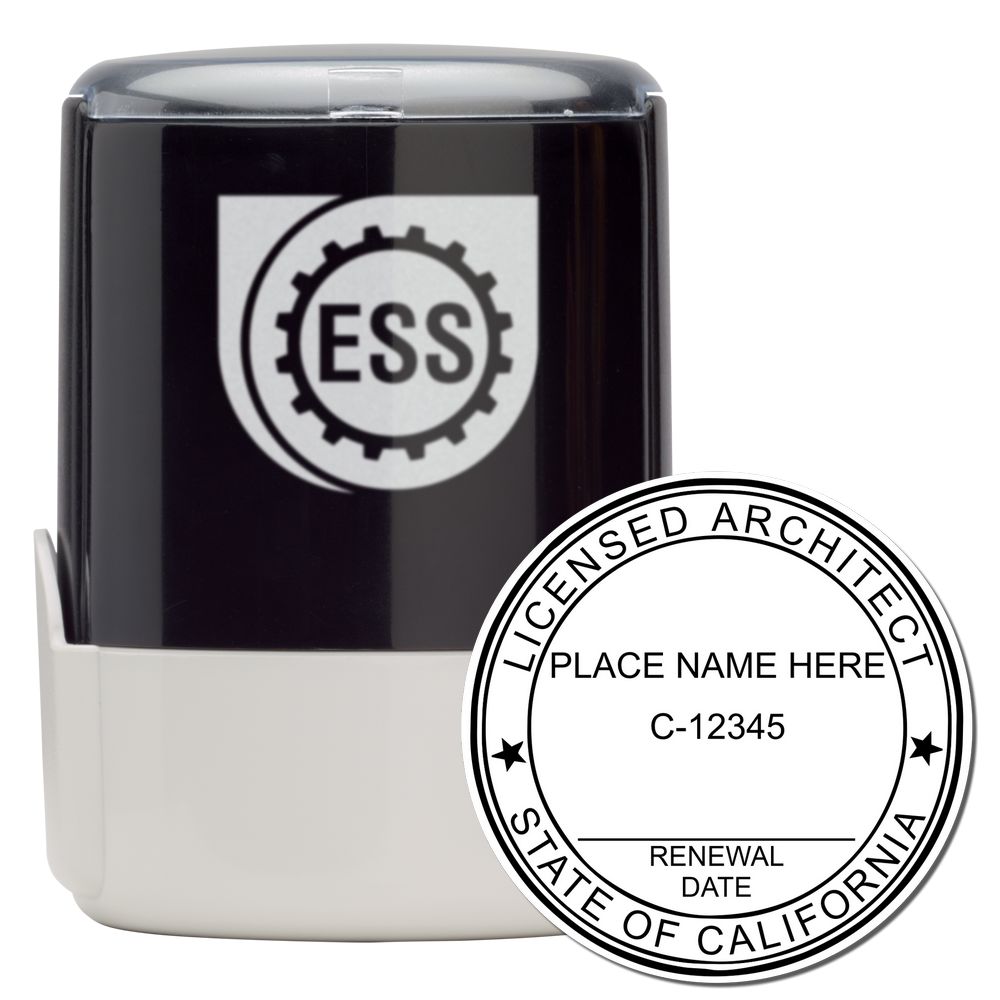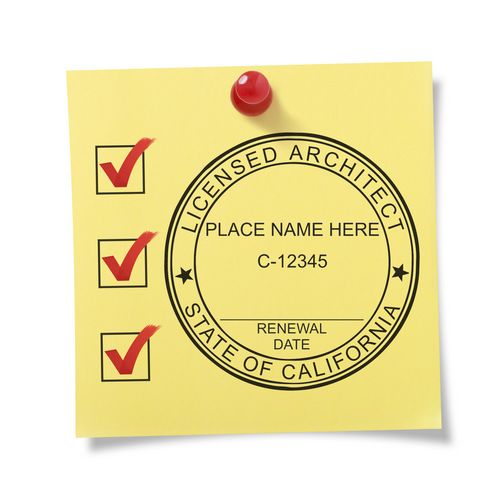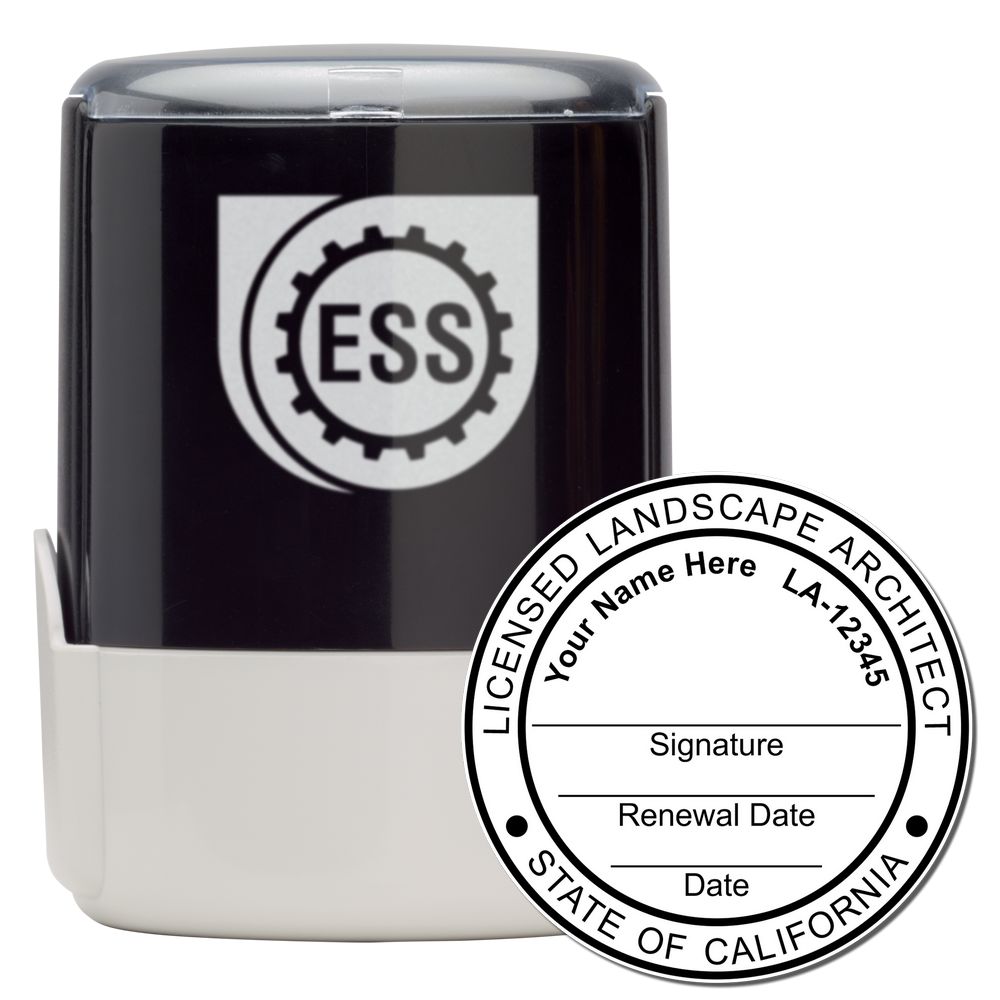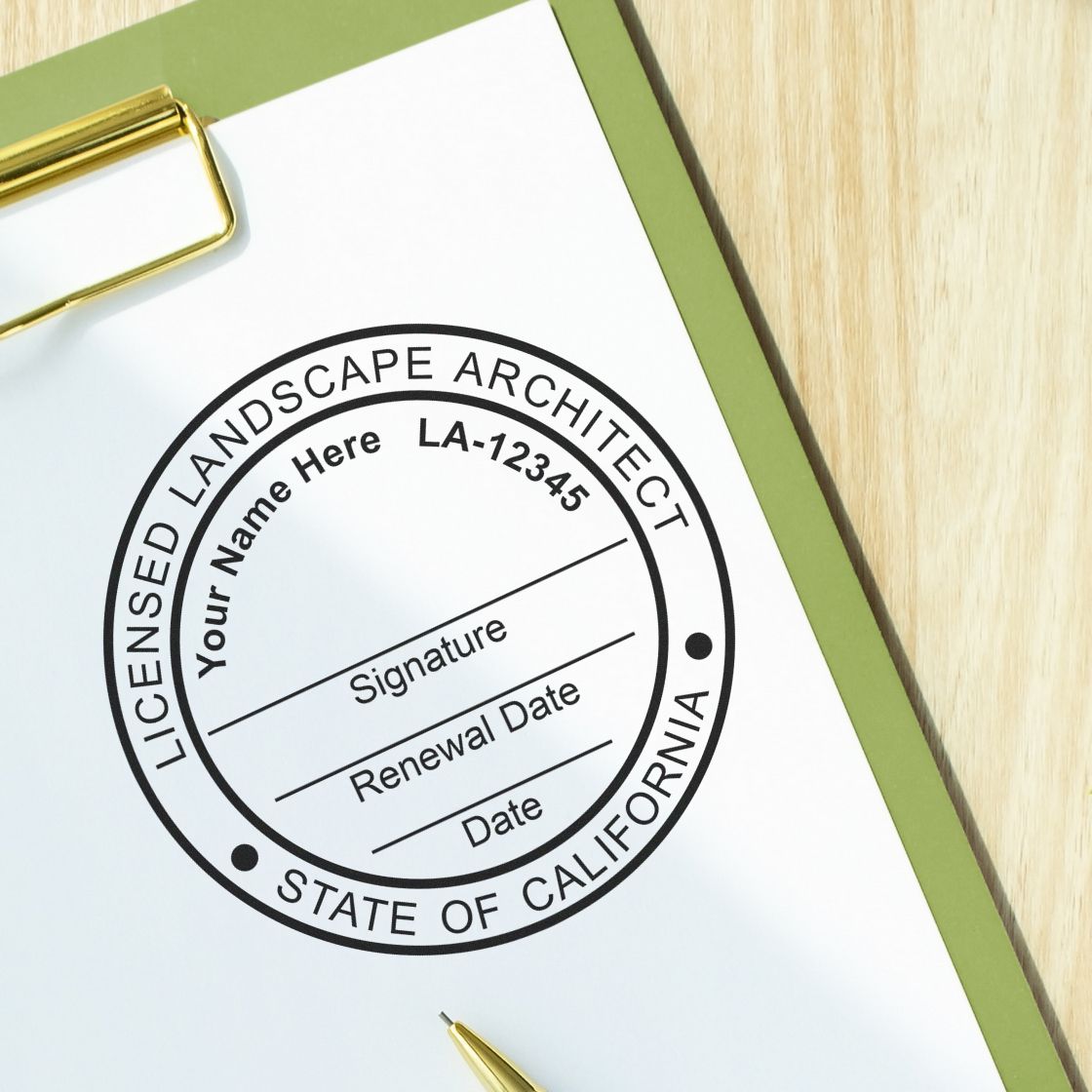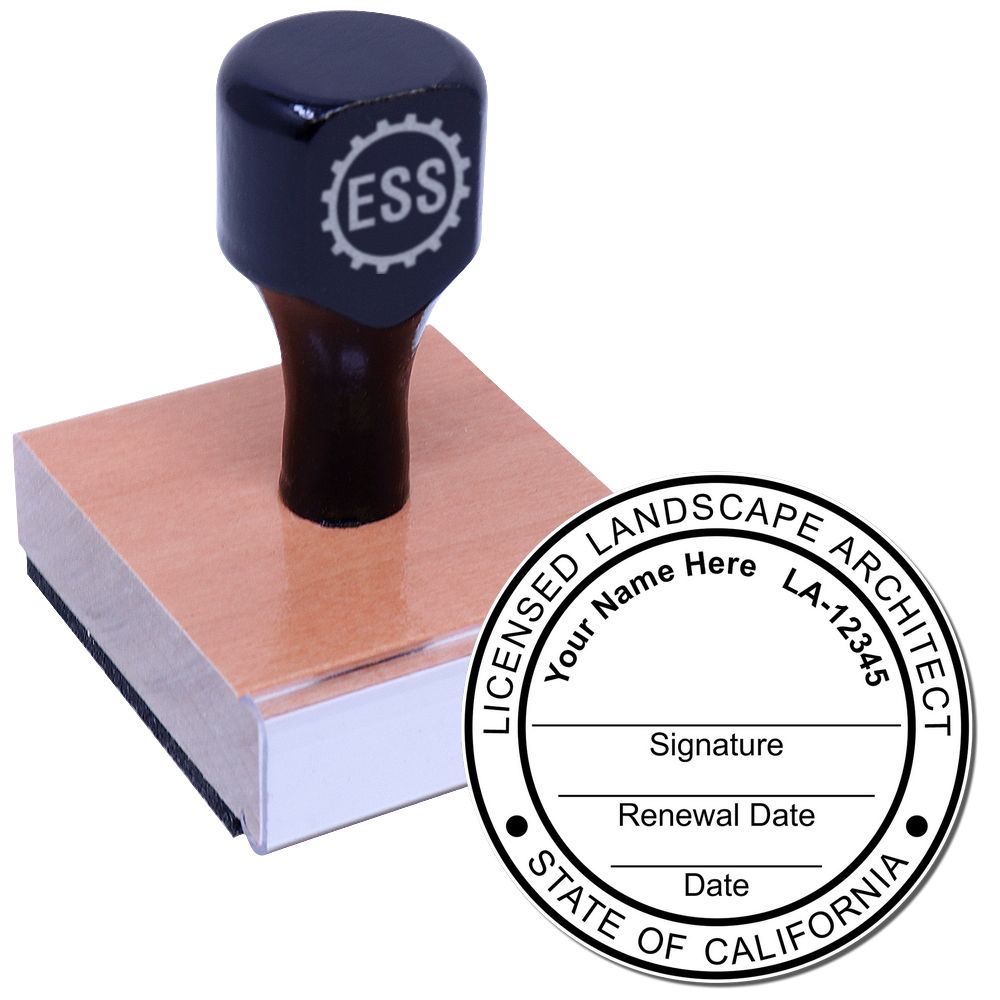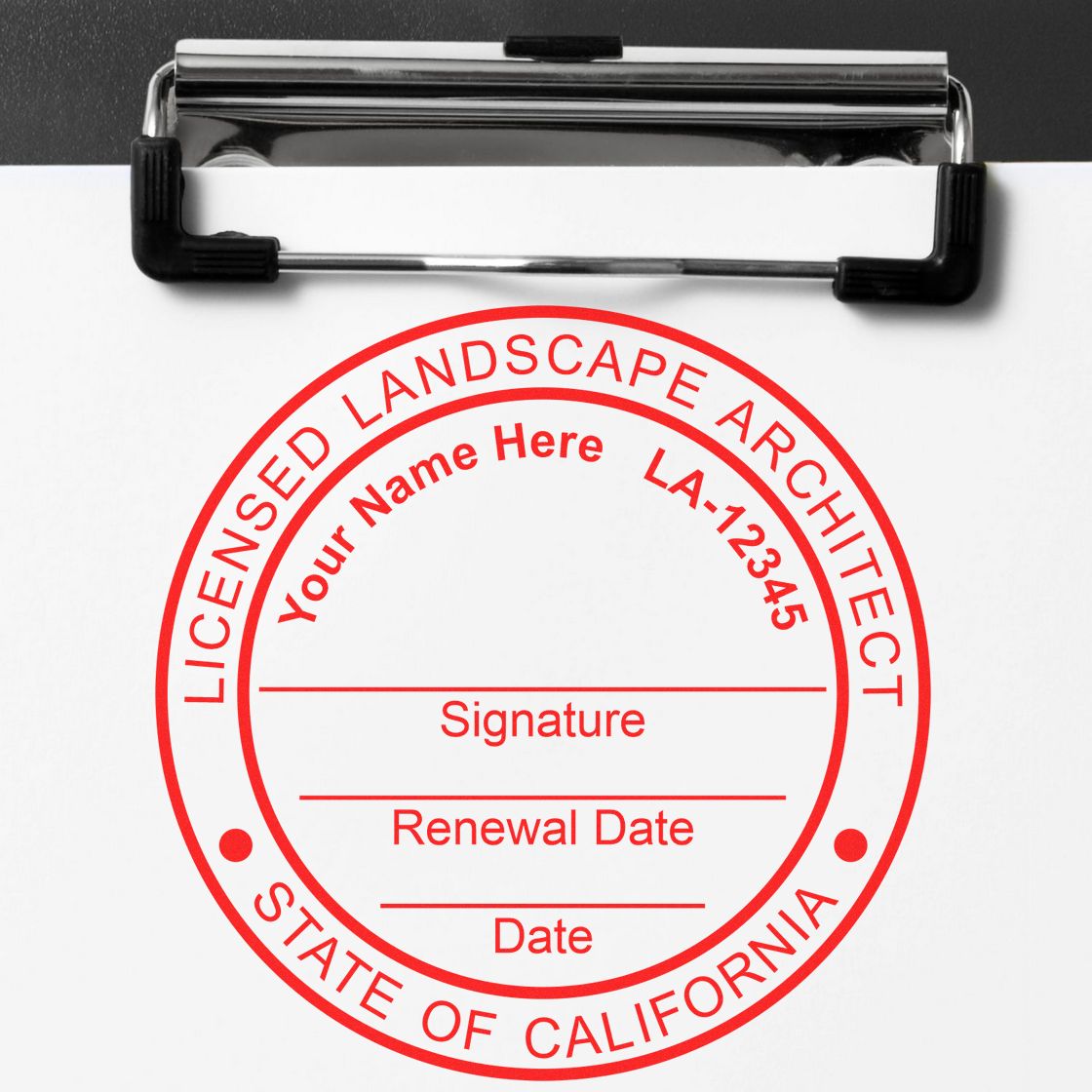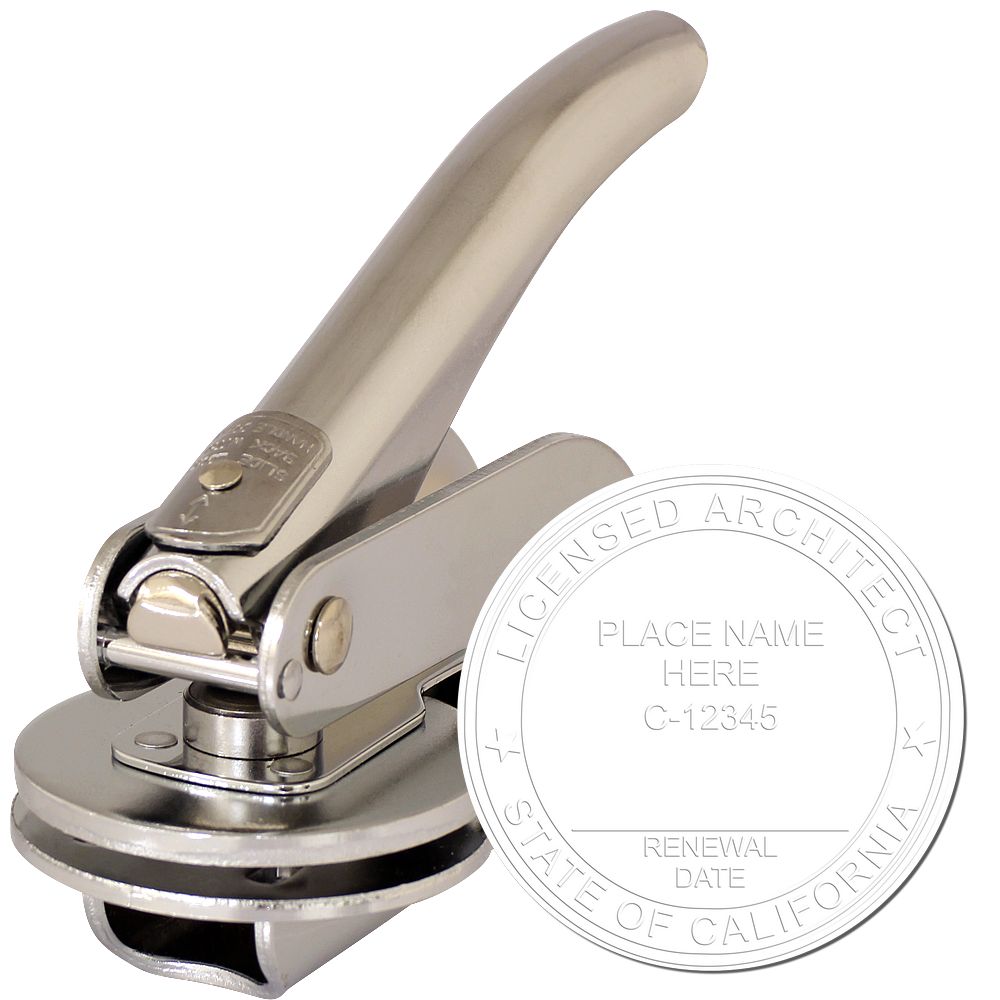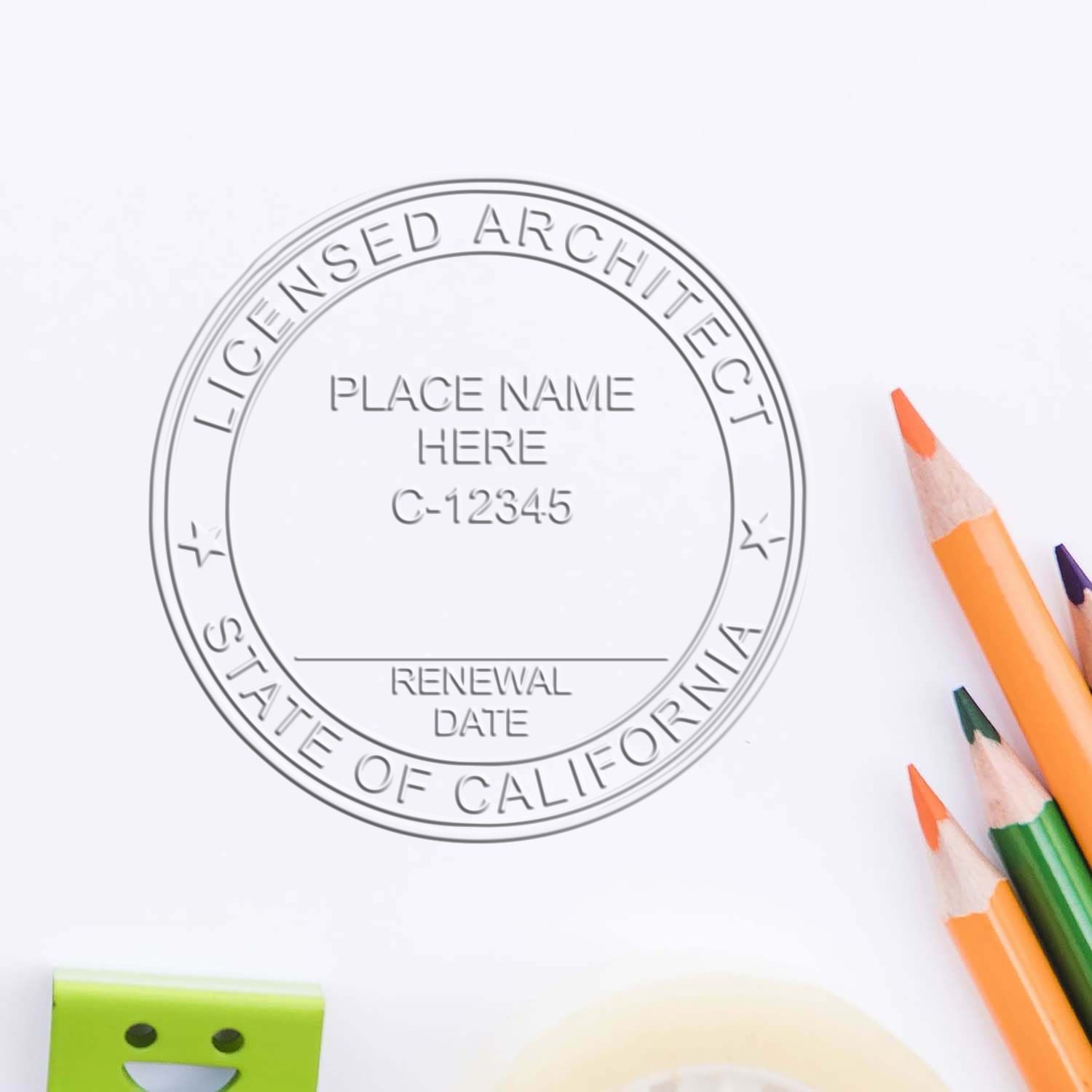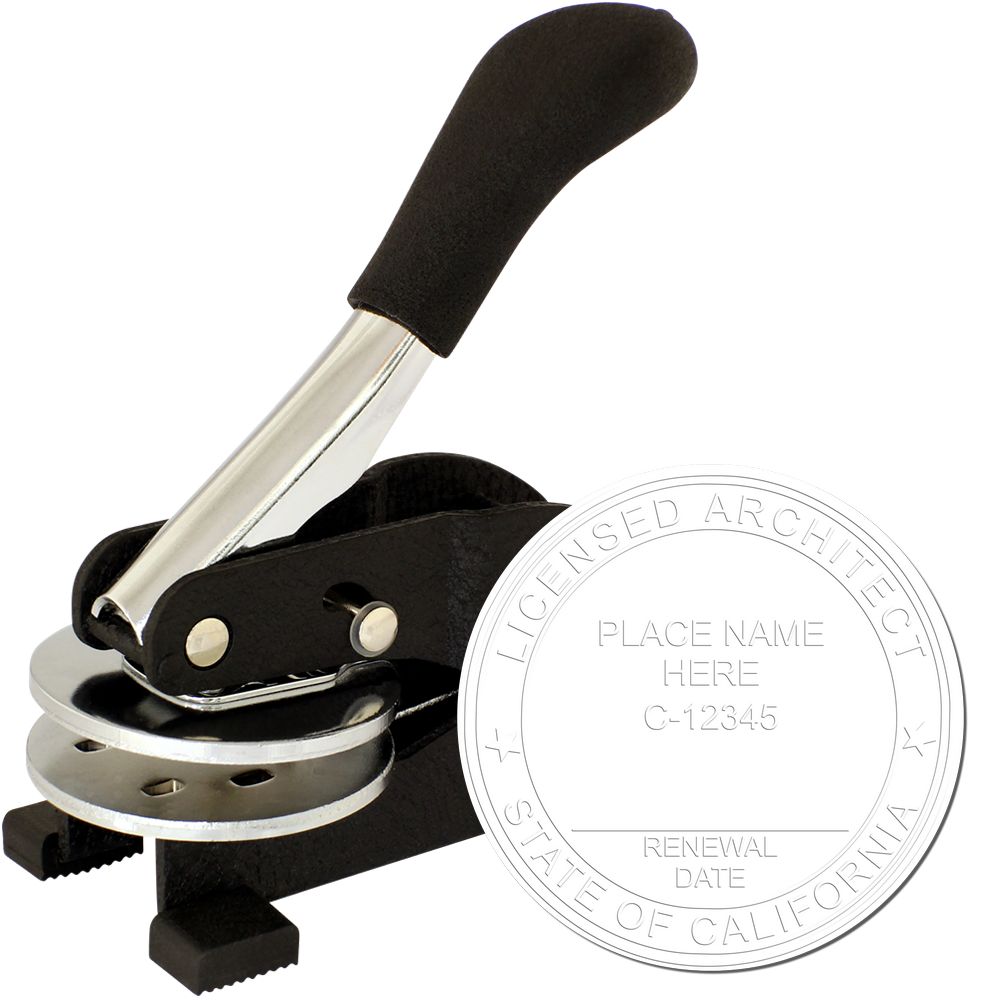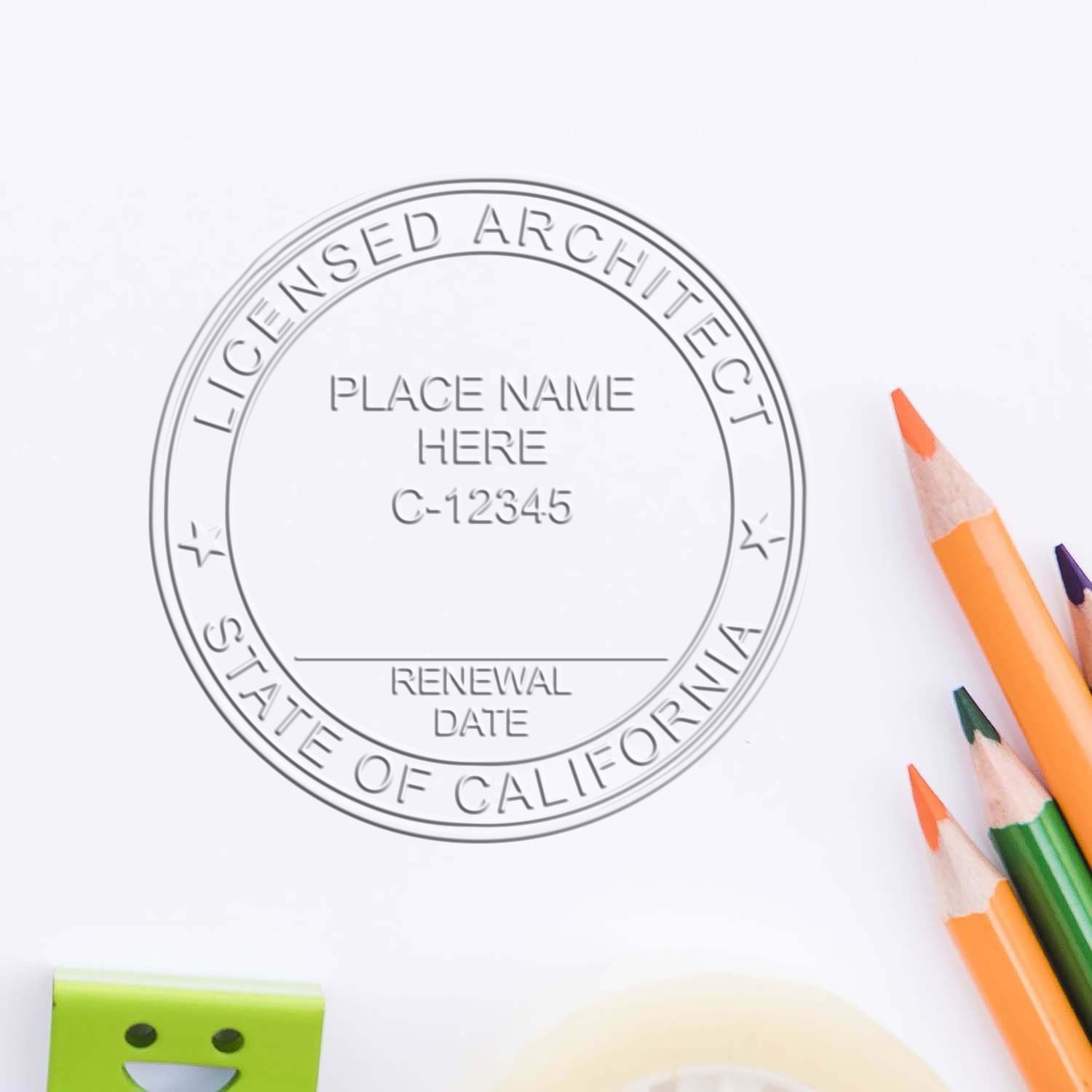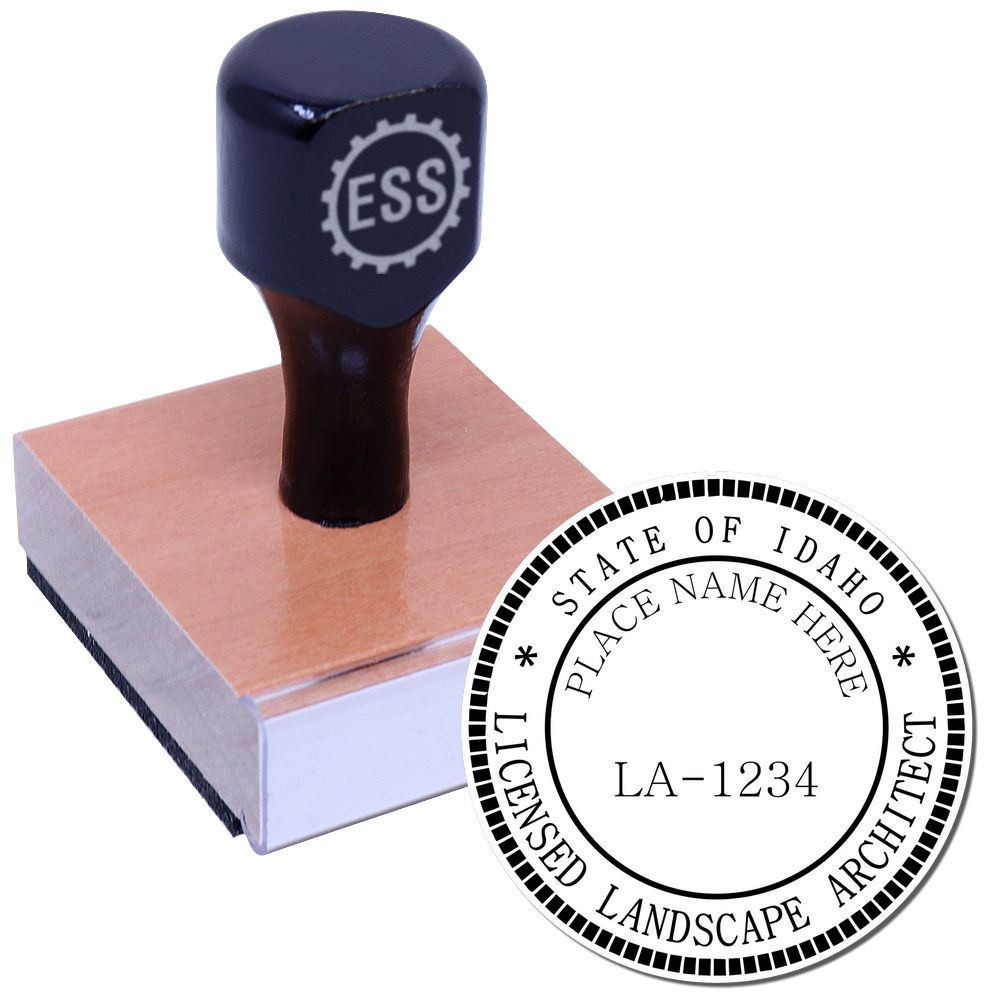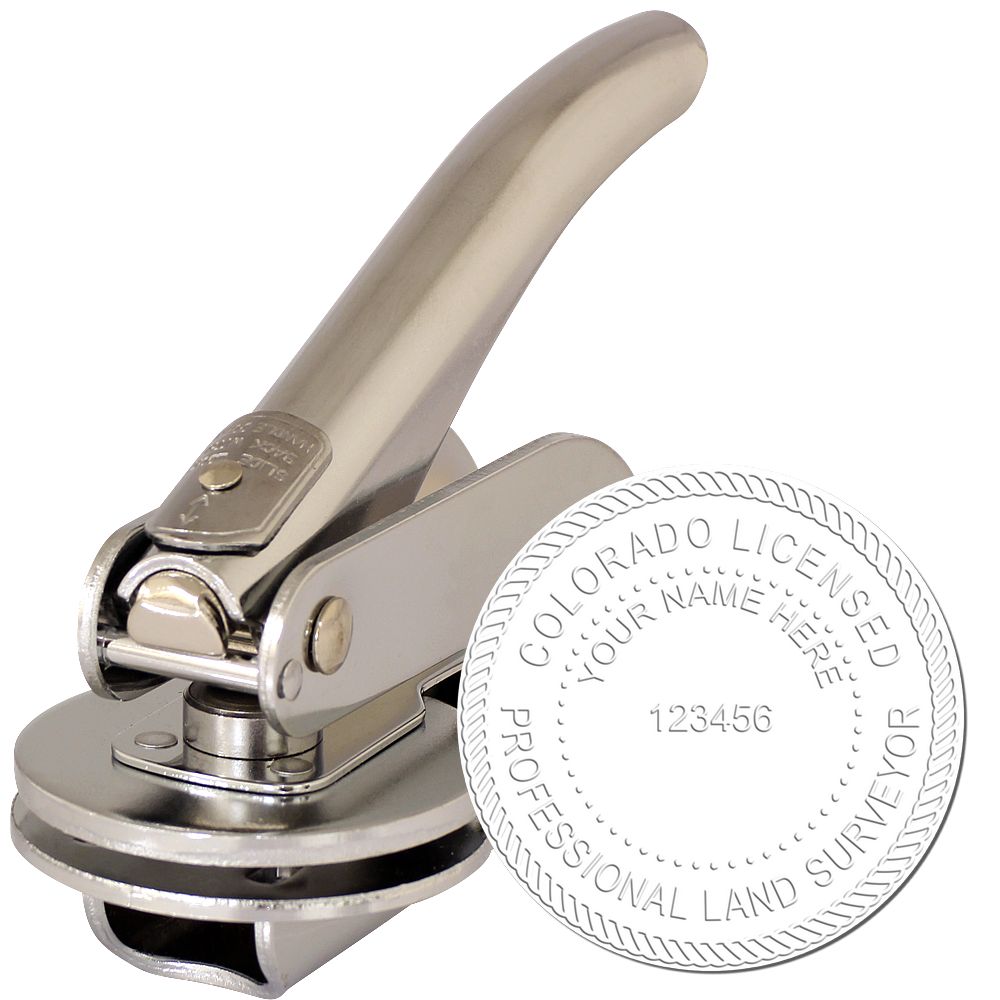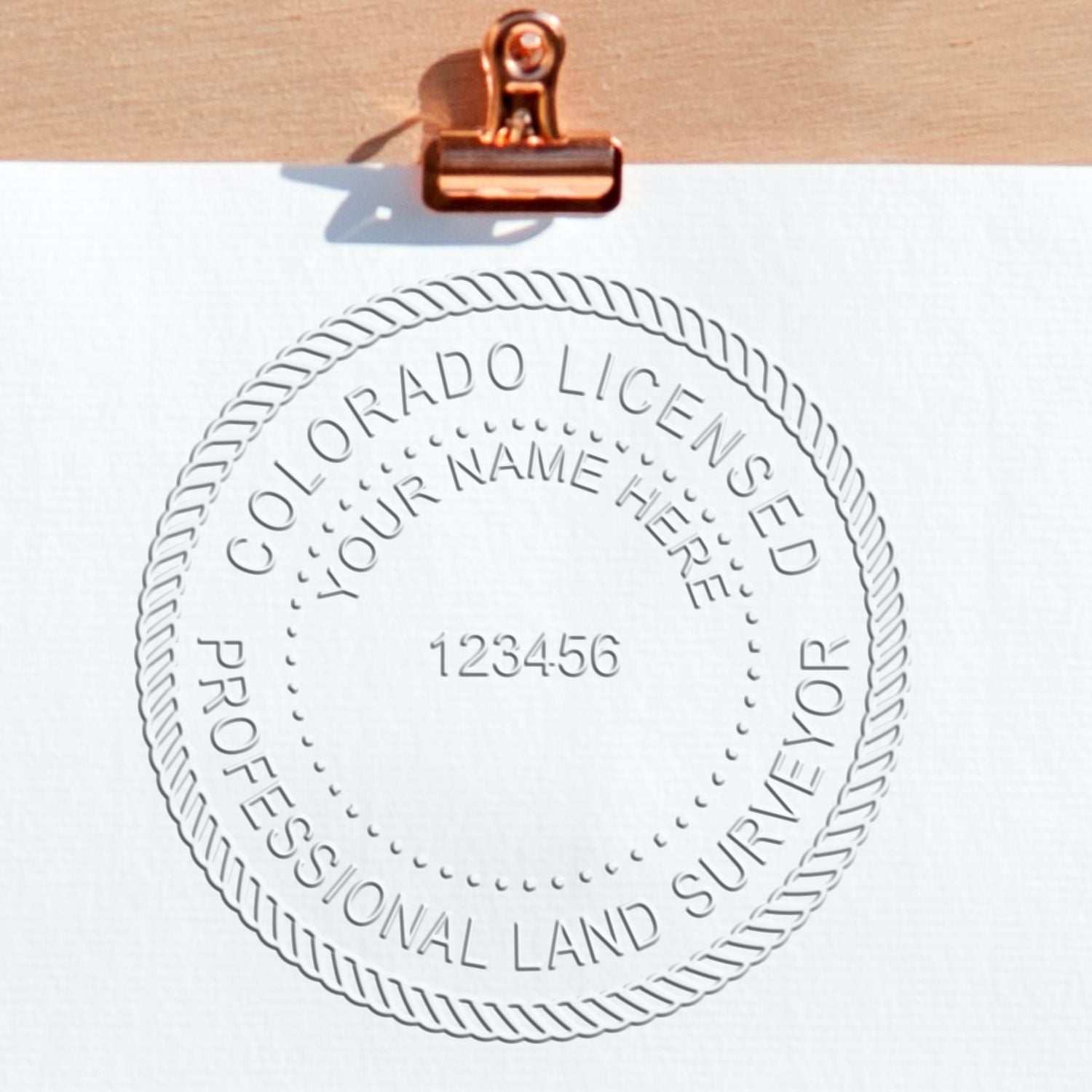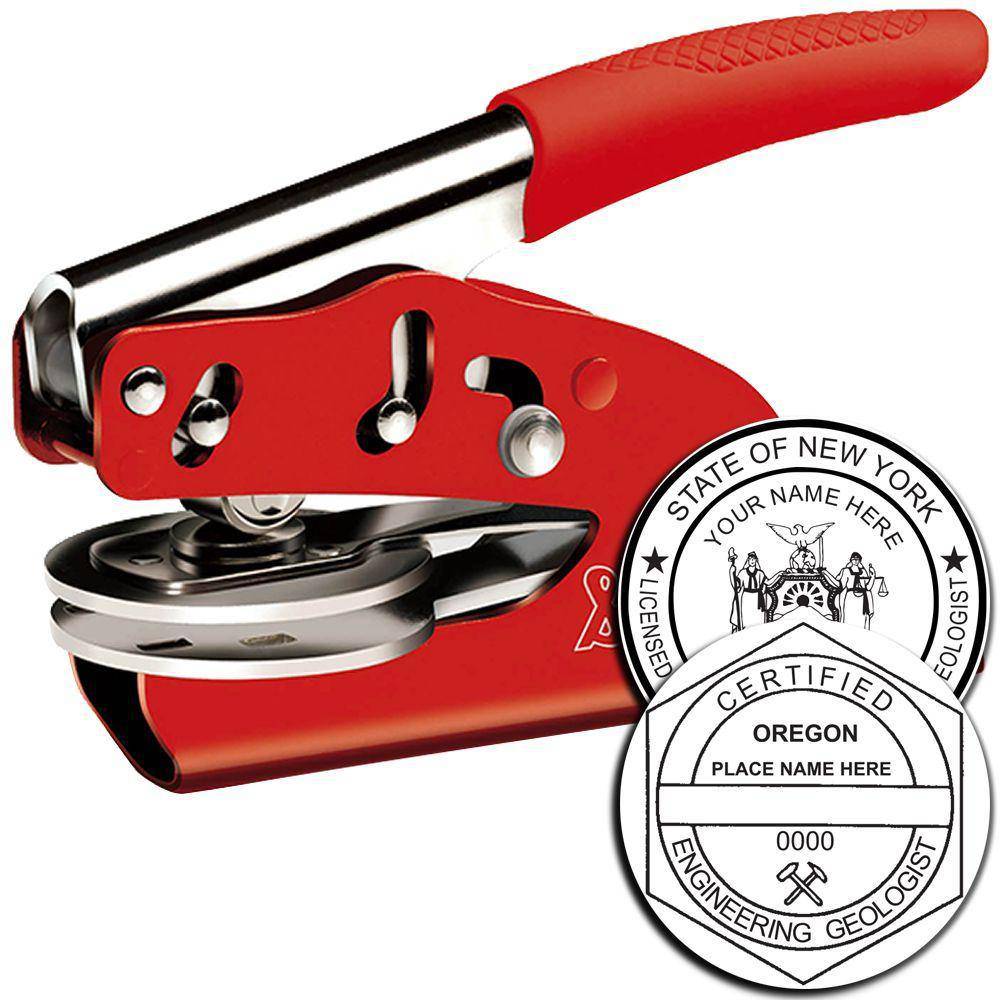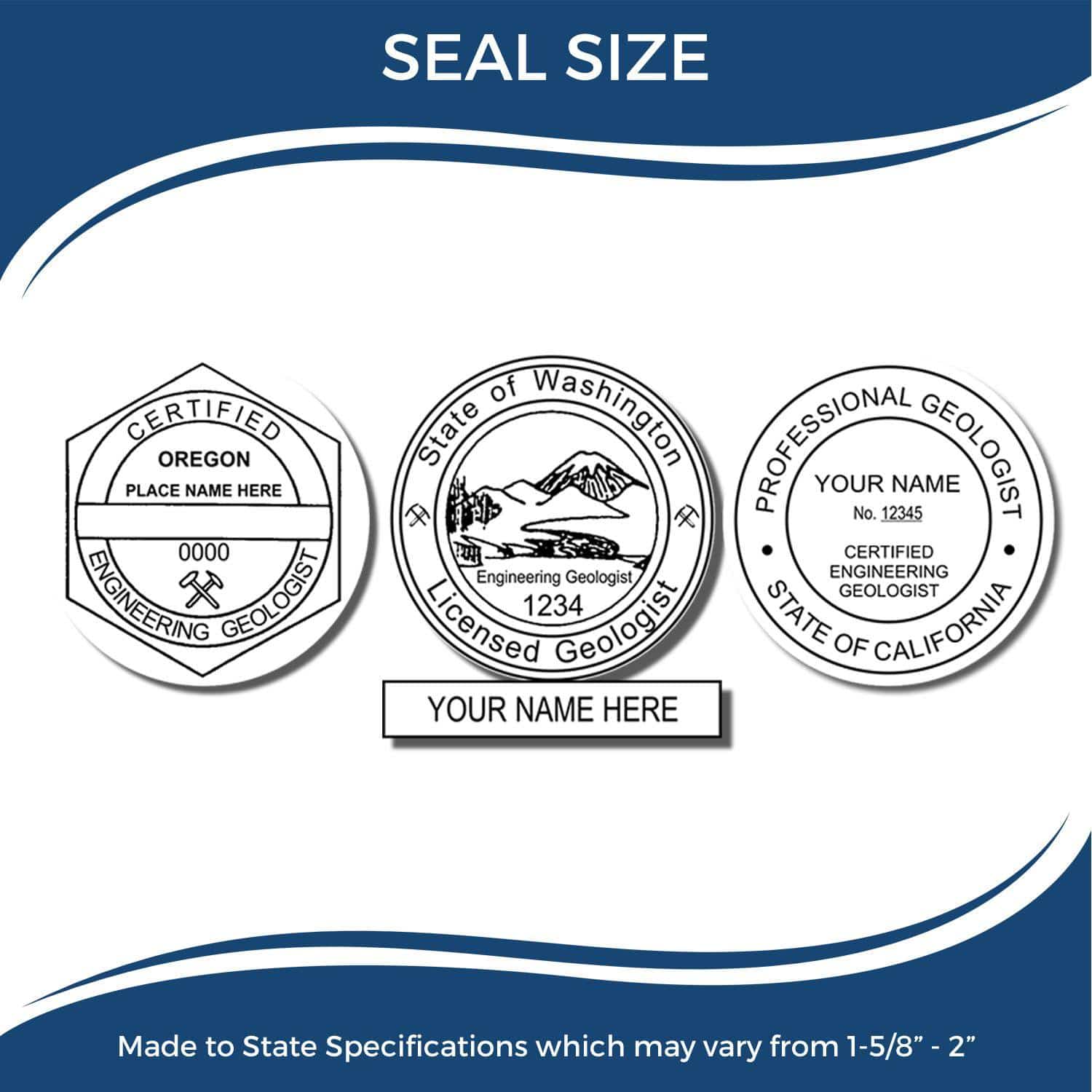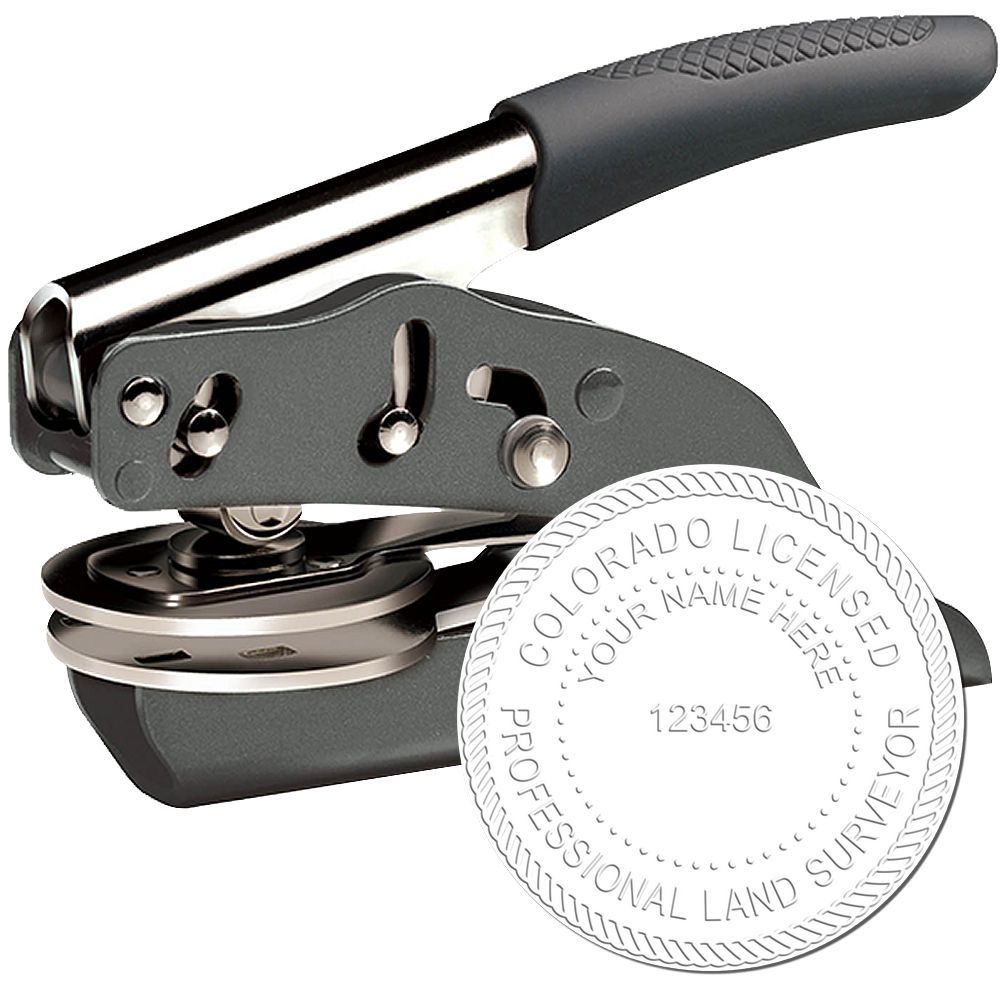Introduction to California PE Stamps
In the engineering field, obtaining a Professional Engineer (PE) license is a significant achievement. One essential tool for licensed engineers in California is the PE stamp. This article will provide an introduction to California PE stamps, including their importance and purpose.
The Importance of PE Stamps in California
PE stamps hold immense importance in the state of California, as they signify that a professional engineer has reviewed and taken responsibility for a document or design. These stamps are a mark of credibility and expertise, instilling confidence in clients, contractors, and regulatory authorities.
In California, PE stamps are typically required for engineering plans, drawings, specifications, reports, and other professional documents. They serve as a legal instrument, indicating that the professional engineer has met the necessary qualifications and is authorized to offer their professional services.
Understanding the Purpose of PE Stamps
The primary purpose of PE stamps is to protect public safety and welfare. By affixing their PE stamp to documents, engineers take responsibility for the accuracy and compliance of their work with applicable codes, regulations, and industry standards. PE stamps also act as a means of identification, allowing others to verify the qualifications and authorization of the professional engineer.
PE stamps can vary in design, but they typically include important information such as the engineer's name, license number, and expiration date. These details provide traceability and ensure that the document can be linked back to the responsible professional.
It's important to note that the use of PE stamps must comply with specific regulations set forth by the California Board for Professional Engineers, Land Surveyors, and Geologists (BPELSG). Familiarizing yourself with the California PE stamp requirements and PE stamp guidelines is essential to ensure proper usage and compliance.
Understanding the importance and purpose of PE stamps sets the foundation for exploring the specific requirements and considerations when it comes to the size of PE stamps in California.
Size Requirements for California PE Stamps
When it comes to California PE stamps, it's important to understand the size requirements set by the state. These requirements ensure that the PE stamps are easily identifiable and meet the necessary standards. In this section, we will explore the legal requirements for PE stamp sizes and discuss the commonly accepted sizes in California.
Legal Requirements for PE Stamp Sizes
California has specific regulations in place regarding the size of PE stamps. These regulations are designed to ensure that the stamps are clearly visible and easily recognizable. While exact dimensions may vary based on the specific licensing board and industry, there are general guidelines to follow.
According to the regulations, the minimum height of the letters and numbers on a PE stamp should be no less than 1/8 inch. This requirement ensures that the stamp remains legible when reproduced or reduced in size. Additionally, the regulations state that the minimum diameter of the circular seal on the stamp should be no less than 1 1/2 inches.
It's important to note that these are minimum requirements, and engineers may choose to use larger stamp sizes to enhance visibility and legibility. However, the stamp should not exceed a size that makes it impractical or difficult to handle.
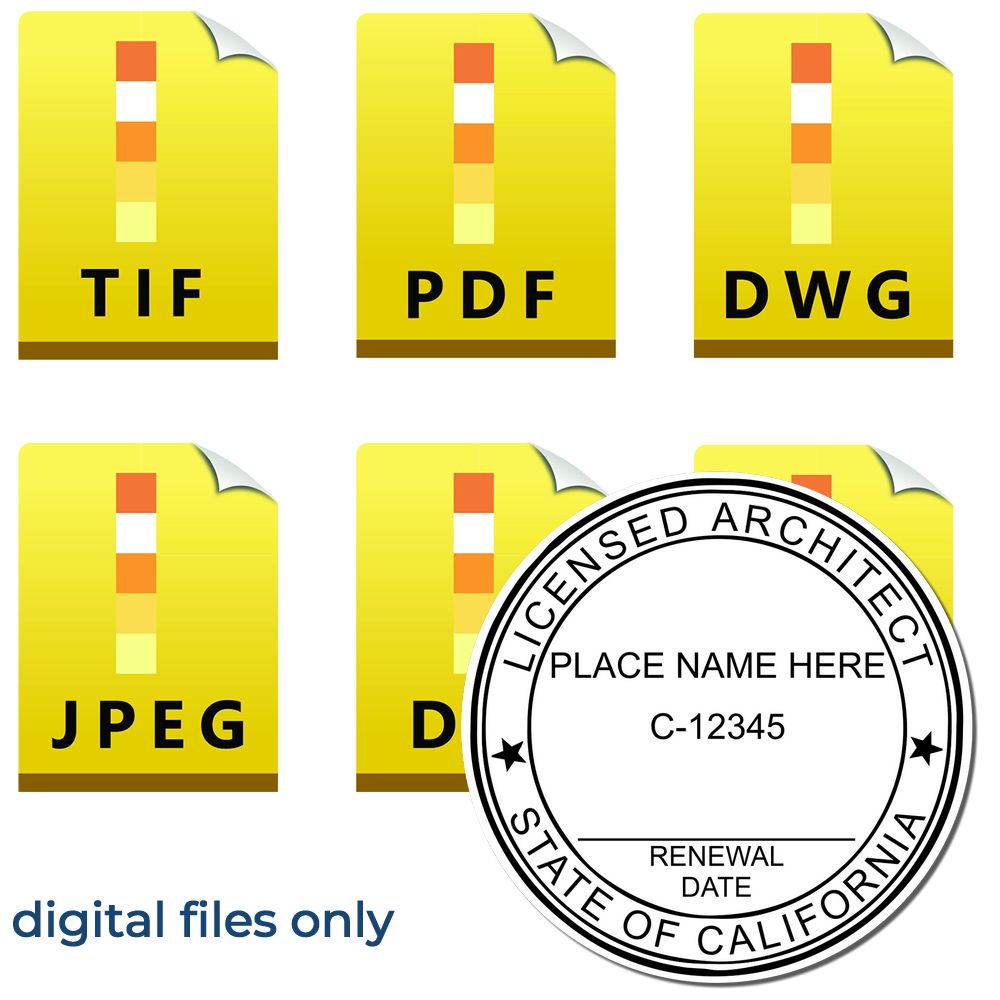
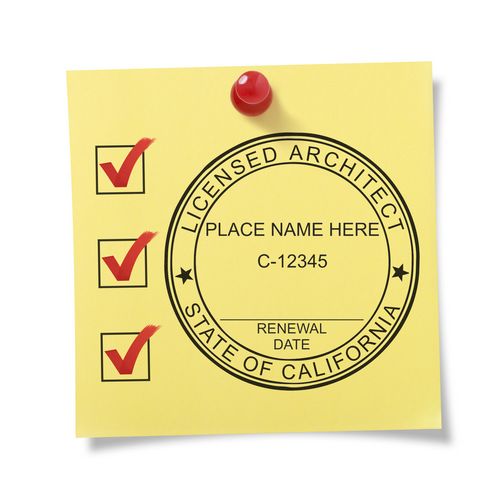

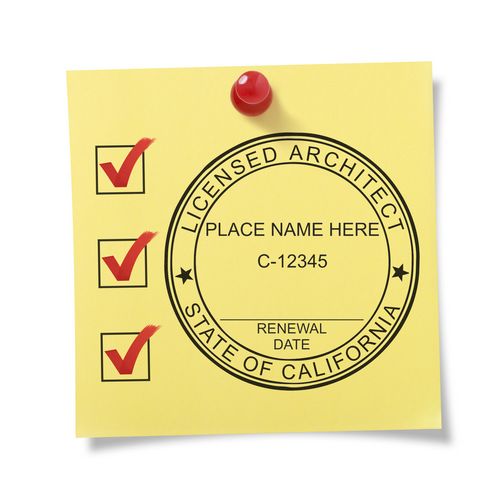
Commonly Accepted PE Stamp Sizes in California
While the regulations provide minimum size requirements, there are commonly accepted PE stamp sizes that engineers in California often use. These sizes are based on industry standards and preferences, ensuring that the stamps are easily recognizable and meet the expectations of clients and regulatory bodies.
The table below outlines some of the commonly accepted PE stamp sizes in California:
| Stamp Size | Dimensions |
|---|---|
| Small | 1 5/8 inches in diameter |
| Medium | 2 inches in diameter |
| Large | 2 1/2 inches in diameter |
It's important to evaluate your professional needs and consider the intended use of the PE stamp when selecting a size. Factors such as legibility, visibility, and portability should be taken into account to ensure that the stamp meets your specific requirements. Consulting with colleagues, supervisors, or regulatory bodies can provide valuable insights and guidance in choosing the right PE stamp size for your needs.
By adhering to the size requirements set by California regulations and considering industry standards, you can ensure that your PE stamp is in compliance and effectively represents your professional credentials. Familiarize yourself with the regulations and stay updated on any changes or updates to the requirements to maintain compliance. For more information on California PE stamp guidelines, visit our article on california pe stamp guidelines.
Factors to Consider When Choosing a PE Stamp Size
When selecting a PE stamp size for your professional needs in California, there are several important factors to consider. The size of your PE stamp can impact its legibility, visibility, portability, and compliance with industry standards. Here are the key factors to keep in mind:
Legibility and Visibility
One of the primary considerations when choosing a PE stamp size is legibility. The stamp should be large enough to ensure that the text, including your name, license number, and other required information, is clear and easy to read. A stamp that is too small may result in illegible impressions, potentially causing issues with document acceptance or verification.
In addition to legibility, visibility is crucial. The stamp should leave a distinct and visible impression on the documents it is affixed to. This ensures that the stamp is easily recognizable and serves its purpose as a mark of authenticity and professionalism. It's essential to choose a stamp size that strikes the right balance between legibility and visibility.
Portability and Convenience
Considering the portability and convenience of your PE stamp is also important. You'll likely be carrying your stamp with you to different locations, so it should be compact and easy to transport. A stamp that is too large or heavy may become impractical to carry around, especially if you frequently visit construction sites or attend client meetings.
Furthermore, the stamp should be easy to handle and use comfortably. It should fit comfortably in your hand and allow for a smooth and controlled stamping process. A stamp that is too small or too large may be difficult to handle, resulting in uneven impressions or potential mistakes.
Industry Standards and Preferences
Considering industry standards and preferences is crucial when choosing a PE stamp size. While there may not be specific regulations dictating the exact size, it's important to be aware of common practices and expectations within your industry. Colleagues, supervisors, or professional organizations can provide valuable insights and guidance on the most commonly accepted stamp sizes in California.
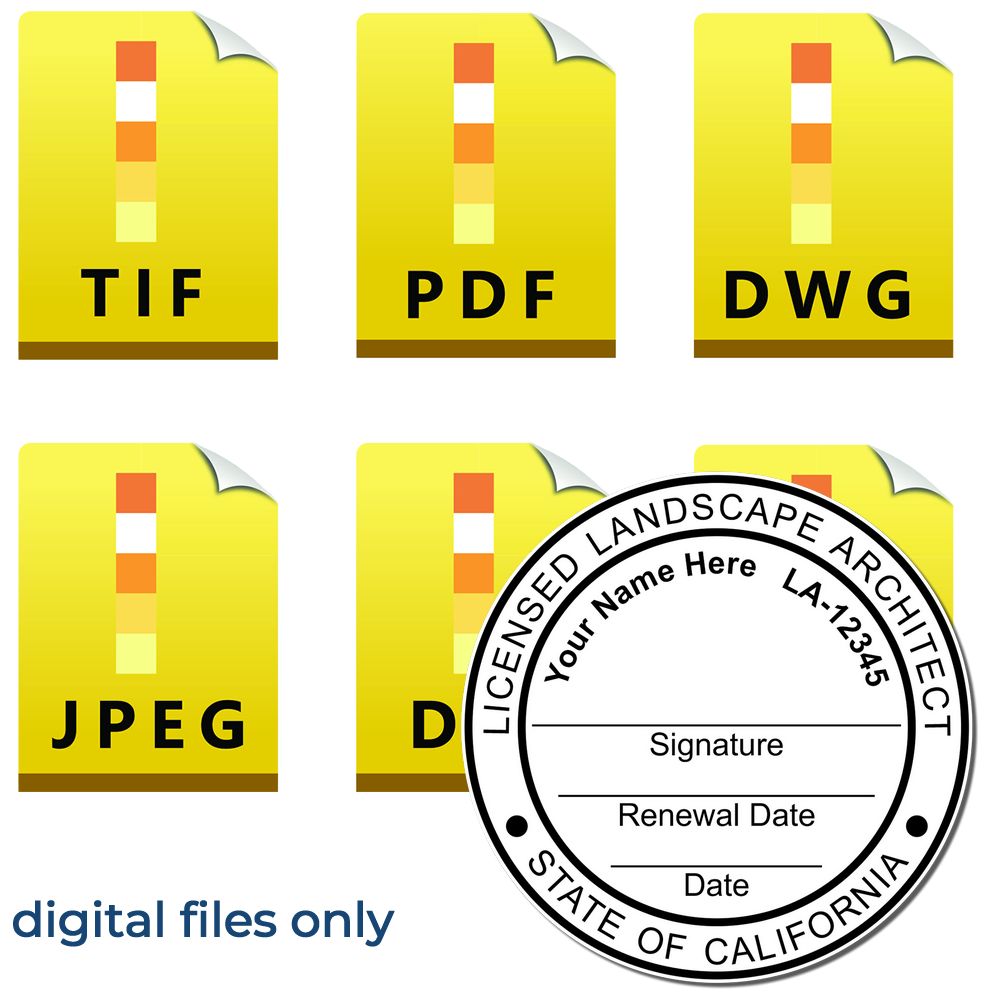
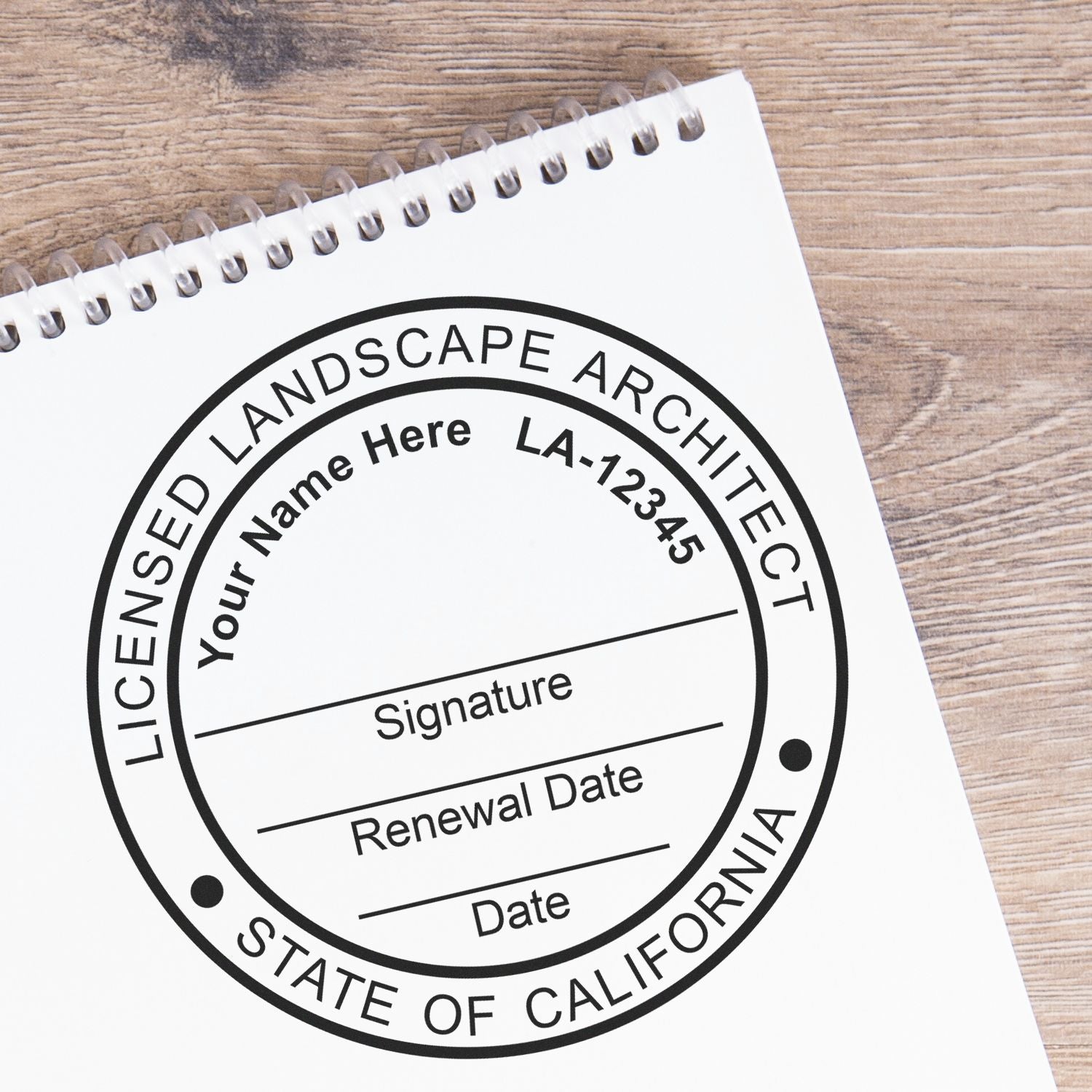
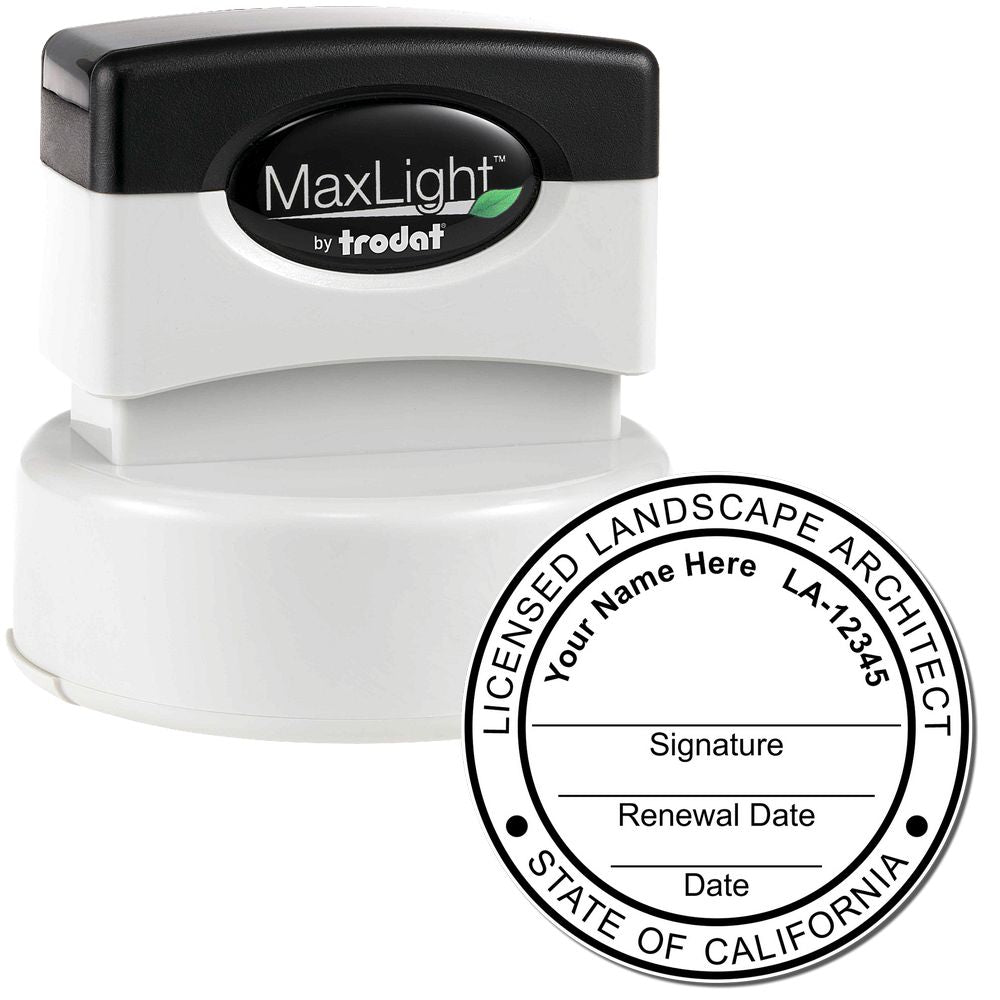
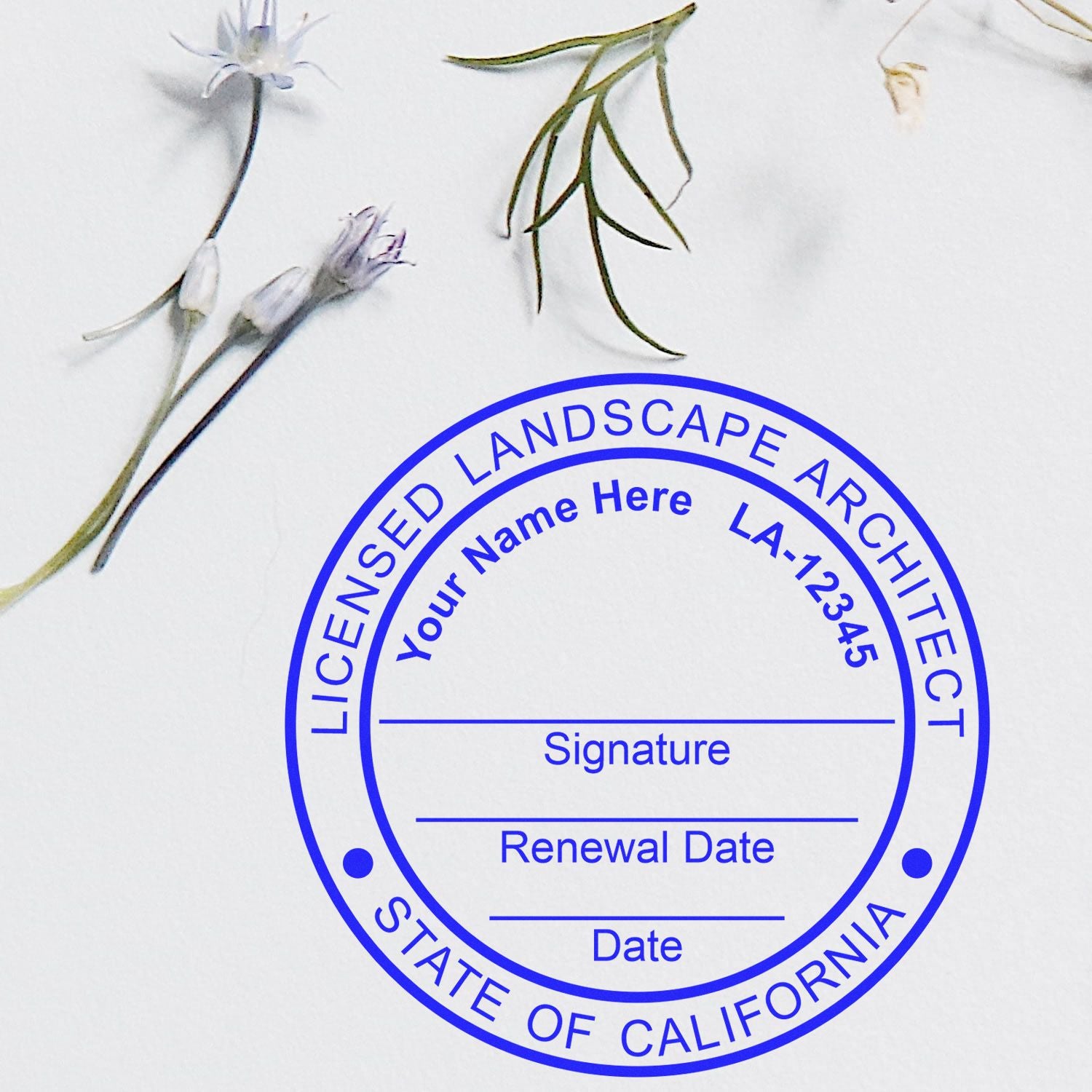
By aligning your stamp size with industry standards and preferences, you can ensure that your stamped documents are well-received and easily recognized by clients, colleagues, and regulatory authorities.
When selecting a PE stamp size, it's essential to strike a balance between legibility, visibility, portability, and industry standards. Assess your specific professional requirements, consult with colleagues and supervisors, and consider the guidance provided by regulatory bodies. By doing so, you can choose a PE stamp size that meets your needs and complies with applicable regulations. For more information on California PE stamp requirements, check out our article on california pe stamp requirements.
Selecting the Right PE Stamp Size for Your Needs
When it comes to selecting the right PE stamp size for your professional needs in California, there are a few important considerations to keep in mind. Assessing your professional requirements and consulting with colleagues and supervisors can help you make an informed decision.
Assessing Your Professional Requirements
To determine the appropriate size for your PE stamp, it's essential to assess your professional requirements. Consider the nature of your work, the types of documents you will be stamping, and any specific regulations or guidelines provided by the state of California. Understanding the California PE stamp requirements is crucial in ensuring compliance and accuracy. For more detailed information on these requirements, refer to our article on California PE stamp requirements.
Additionally, consider the level of detail that needs to be included in your stamp. Some professionals may require a larger stamp size to accommodate intricate designs or additional information. Assessing your specific needs will help you determine the appropriate size that balances legibility and practicality.
Consulting with Colleagues and Supervisors
Seeking input from colleagues and supervisors who have experience with PE stamps can provide valuable insights. They may have recommendations based on their own professional experiences and familiarity with the industry. Discussing the advantages and disadvantages of different stamp sizes can help you make an informed decision.
Furthermore, consult with professionals who have similar roles or work on similar projects. Their recommendations and experiences can guide you in selecting the right size that aligns with industry standards and preferences. Remember, it's important to consider the California engineering seal guidelines and any specific regulations associated with your profession. Our article on California professional engineer stamp can provide additional information on this topic.
By assessing your professional requirements and seeking guidance from colleagues and supervisors, you can make an informed decision when selecting the right PE stamp size for your needs. Remember to remain updated on any changes or updates to California PE stamp guidelines to ensure compliance. For more information on California PE stamp guidelines, refer to our article on California PE stamp guidelines.
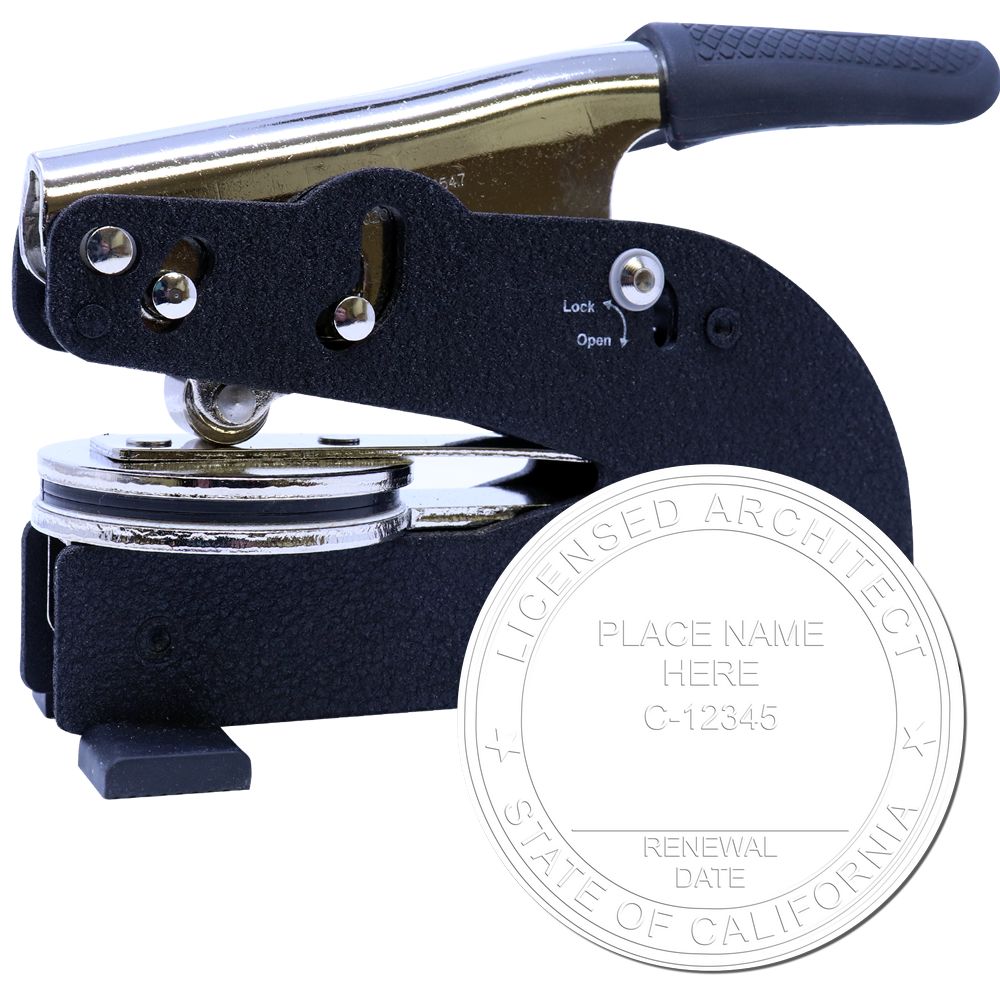
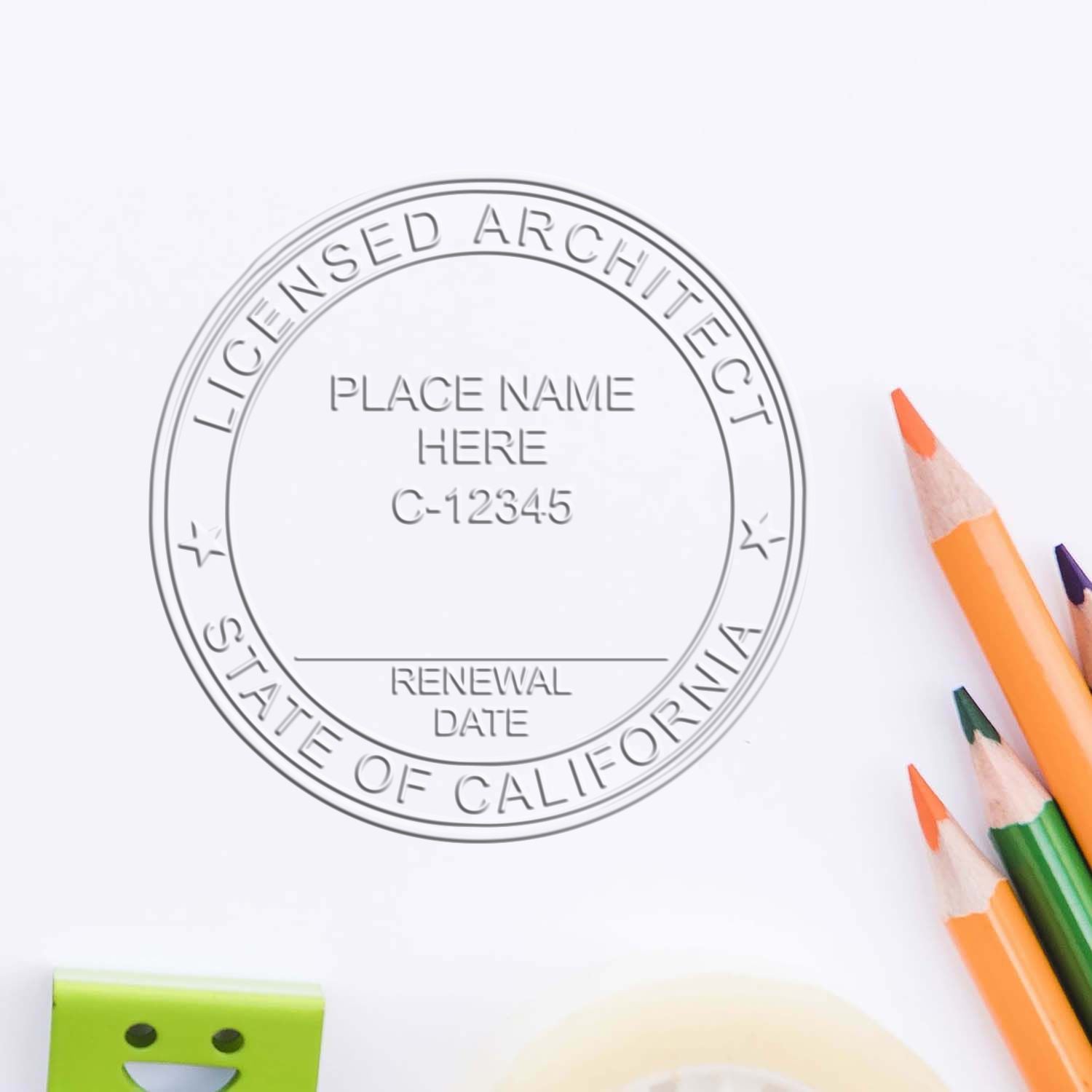
Ensuring Compliance with California Regulations
To ensure compliance with California regulations regarding PE stamps, it is crucial to familiarize yourself with the state regulations and stay up-to-date with any changes or updates. This knowledge will help you navigate the requirements and obligations associated with using a PE stamp in California.
Familiarizing Yourself with State Regulations
Before using a PE stamp in California, it is essential to familiarize yourself with the specific regulations set forth by the state. The California Board for Professional Engineers, Land Surveyors, and Geologists (BPELSG) is responsible for overseeing the licensing and regulation of professional engineers in the state. They provide guidelines and requirements for the use of PE stamps.
To ensure compliance, review the regulations outlined by the BPELSG regarding the use of PE stamps. These regulations may cover topics such as acceptable stamp sizes, required information on the stamp, and any specific design guidelines. For a detailed understanding of the California PE stamp requirements, refer to our article on California PE stamp requirements.
Staying Up-to-Date with Any Changes or Updates
Regulations and requirements regarding PE stamps can change over time. It is essential to stay informed and up-to-date with any changes or updates to ensure compliance with the current regulations in California.
Monitor the BPELSG website regularly for any updates, announcements, or revisions to the regulations. They often provide information on changes in stamp requirements, expiration dates, or other relevant guidelines. By staying informed, you can ensure that your PE stamp continues to meet the necessary criteria and remains valid. For more information on the California professional engineer stamp, refer to our article on California professional engineer stamp.
By familiarizing yourself with the state regulations and staying up-to-date with any changes, you can ensure that your PE stamp complies with the requirements set forth by the California Board for Professional Engineers, Land Surveyors, and Geologists. This commitment to compliance will not only uphold professional standards but also help you avoid any potential issues or penalties associated with improper use of a PE stamp in California. For further guidance on PE stamp guidelines and expiration, refer to our articles on California PE stamp guidelines and California PE stamp expiration.
About ESS
At ESS - Engineer Seal Stamps, precision meets passion. As leading craftsmen in the industry, we meticulously design custom rubber stamps, professional seals, and notary stamps tailored to perfection. But what truly sets us apart is our unwavering commitment to stellar customer service. Every interaction, every product, and every detail is infused with our promise of excellence, further cemented by our esteemed state board guarantee. Our legacy is built not just on the stamps and seals we produce, but on the trust and satisfaction of the professionals we serve. With ESS, you don't just get a stamp; you experience a standard of service that's truly unparalleled.

